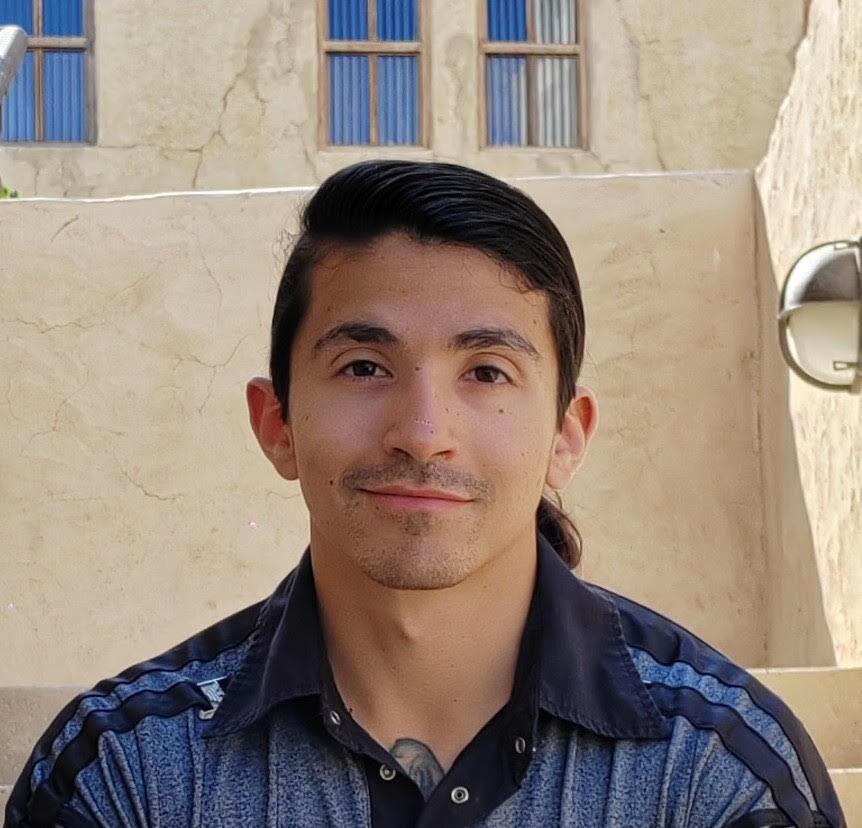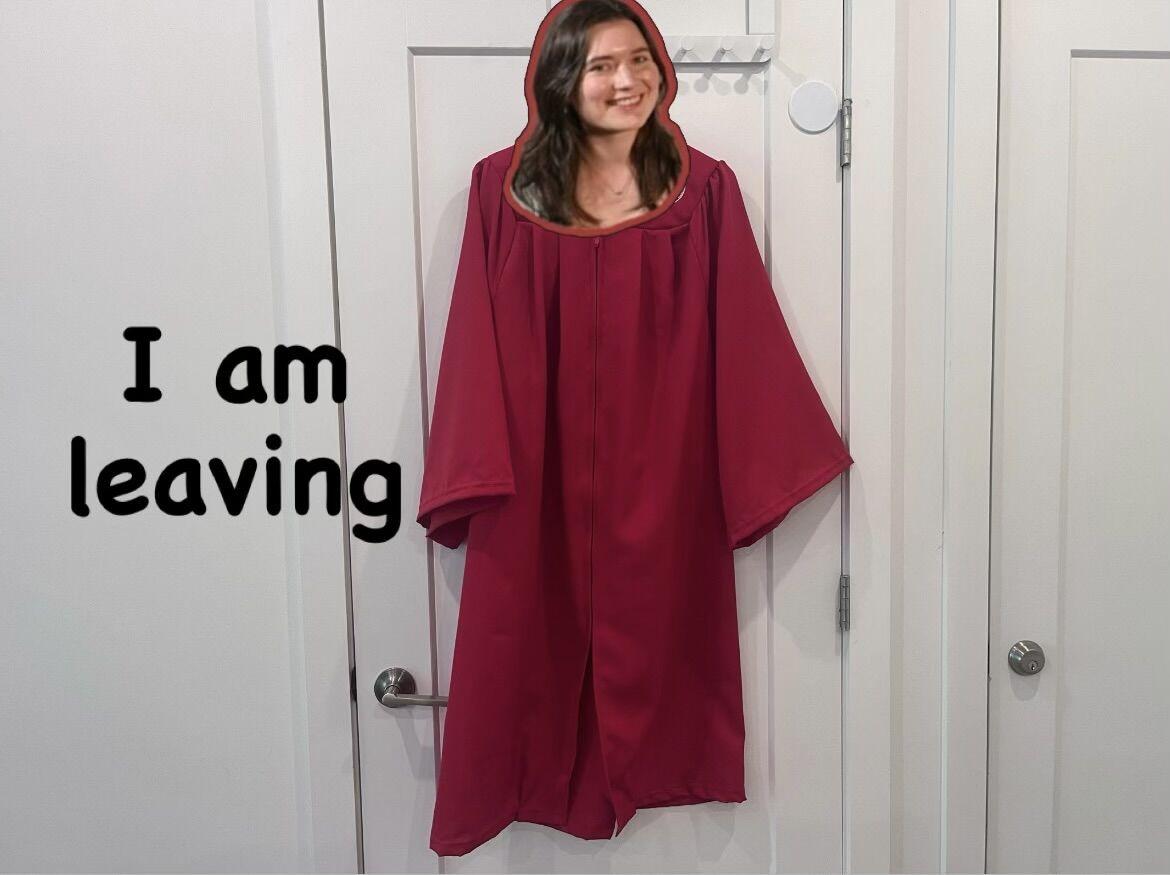The sexuality dichotomy is strong this week.
Monday, Olympic diver Tom Daley said he had been involved in a relationship with Dustin LeBlanc for some time. Most headlines read: “Tom Daley comes out as gay.”
Daley said he has also been involved in heterosexual relationships.
But he’s not completely straight, so he must be gay.
A day prior, actress Maria Bello said she is currently involved in a serious relationship with another woman. Headlines read: “Maria Bello is gay.”
In fact, one headline actually asserts that she is gay just before clarifying that Bello considers herself a “whatever.”
It’s safe to assume Bello uses “whatever” to mean she does not want to adhere to any particular label, which is perfectly reasonable.
But she’s not straight, so she must be gay.
Too often, the media and the masses are quick to dismiss bisexuality. People write it off as either an experimental or transitional phase or as a qualifier to cover up someone’s homosexuality.
Bisexuals are seen as overtly sexual or slutty, as wanting to sleep with everyone. But that makes as much sense as assuming gay men want to sleep with every man. It’s nonsense.
This dismissal and stigmatization of bisexuality is referred to as biphobia, and it works the same way as homophobia.
In two popular YouTube videos, “What Lesbians think about Bisexuals” and “What Gay Men think about Bisexuals,” an overwhelming majority of those interviewed said they would not date someone who identifies as bisexual. Many said bisexuals (of both genders) are liars and greedy.
And it isn’t as though media representation is doing them any favors. In one episode of The L Word, a television drama depicting lesbians, bisexuals and transgender people in their everyday lives, one character referred to a bisexual character as “a dirty bisexual” and prompted her to choose already between men and women.
That might explain why so many people think anyone married or in a committed relationship can’t be bisexual.
The one bisexual character on the sci-fi program Doctor Who is depicted as a textbook nymphomaniac, hitting on every person he meets.
Representation isn’t representation if it isn’t accurate.
Could it be that biphobia and the general aversion to any form of sexual ambiguity are reactions to fear of one’s own hidden fantasies?
Margaret Mead once said, “I think extreme heterosexuality is a perversion.” Could it be the case that extreme homosexuality as well as heterosexuality is a perversion? That maybe everyone is at least a little bit bisexual?
If that’s the case, it makes sense that people who identify as strictly straight or strictly gay would oppose bisexuality so vehemently.
Or maybe biphobia comes from the hegemonic masculinity so deeply ingrained in our society.
For instance, as a bisexual friend of mine pointed out, “If a man is bi, he is assumed to be gay … If a girl is bi, she is assumed to be straight and experimenting.”
In both cases, people assume bisexuals love men.
If that isn’t proof that bisexuality has been warped to fit the patriarchal mold, then what is? Does everything have to revolve around penis?
Bisexual men defy prescribed gender roles. From a misogynistic point of view, they are a threat to masculinity.
In reality, bisexual people have no more of a choice over their sexuality than do straight or gay people. Discriminating against them is pointless and harmful. It needs to stop.
Send your thoughts to technician-viewpoint@ncsu.edu.














